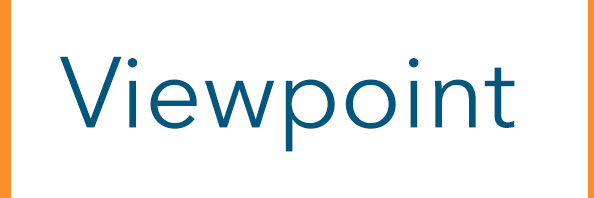President Joe Biden’s plan to cancel student debt would benefit millions of students, but debt cancellation treats the symptom, not the underlying causes.

While the rising costs of college helped drive the growth of student debt, millions of college students never graduate and they struggle to repay their loans. By some estimates, nearly 40% of student loan borrowers did not earn a degree six years after starting college. More than half of all Black and Latino students, and over two-thirds of Black and Latino students at community colleges, did not complete college six years after first enrolling.
The implications for student debt are significant. Even seven years after entering loan repayment, only about half of students who did not complete have started repaying their loans, compared with about three-quarters of students who did complete.
What’s the reason?
Why do students not complete college? Cost is a major challenge that goes beyond tuition and fees, to include paying for books, transportation and basic needs like food and housing. Students also drop out because of academic challenges. And those who are academically prepared may be assigned to remedial coursework because of inaccurate assessment practices, which can delay their progress and steer them off track.
Many students also have difficulty navigating colleges’ administrative processes. And colleges that serve students with low incomes tend to be understaffed in key services like advising. Even when resources are available, students may not know about them or how to access them, especially students who are first in their families to attend college.
Bundling what works
Fortunately, we have learned a lot about how to address these challenges. Short-term interventions like financial awards, enhanced advising and reforms to academic practices can help students progress academically, but by themselves they have small effects. But when these strategies are combined in more comprehensive, long-lasting programs, they can produce dramatic improvements in graduation and earnings.
One of the most effective programs to help students complete college is the City University of New York’s (CUNY) Accelerated Study in Associate Programs (ASAP). In fact, ASAP nearly doubled the three-year graduation rate of community college students, increasing completion of associate degrees from 22% to 40%.
ASAP provides comprehensive student supports for three years, including tuition waivers, free access to textbooks and monthly financial incentives in the form of transportation vouchers. In return, students are required to meet with advisors at least twice per month. Advisors help students not only with academics and administrative processes, but they often discuss personal issues with students and help them find other resources. ASAP students must use career services, and tutoring is required for students who need it.
When ASAP was replicated at three community colleges in Ohio, it nearly doubled graduation rates for these students, too.
Subsequent results
While we don’t yet have earnings data from the students enrolled in ASAP, there is encouraging evidence from a similar program, Project Quest in San Antonio, Texas. Project Quest shares many core elements with ASAP. It also provides job placement services with an explicit focus on preparing students for good-paying jobs in strong fields with local demand, like healthcare. A long-term study showed that Project Quest helped students earn more college credentials, and students also increased their net earnings by $31,000 over 11 years.
Other organizations have been inspired to replicate Project Quest across Texas — in Austin, El Paso and in the Rio Grand Valley — and in Tuscon, Arizona. Likewise, ASAP is being replicated by several colleges across the country, including in California, New York, North Carolina, Ohio, Pennsylvania, Tennessee and West Virginia.
But too many students still don’t benefit from highly effective programs like ASAP and Project Quest, and too few students are completing college.
President Biden’s plan to cancel student debt would be the first major federal action to help redress the negative effects of a system that is not working for the students who need it most. Too many leave college without a degree in a worse financial situation than when they started. Investing in and supporting proven programs that help students complete college or increase their earnings is an important next step to make.





